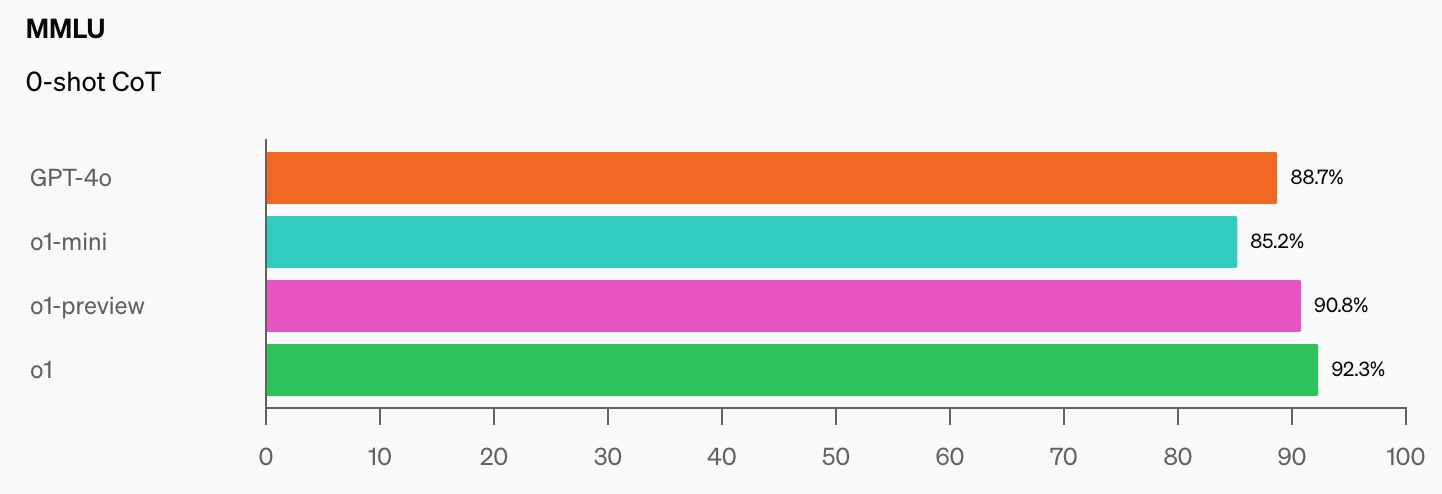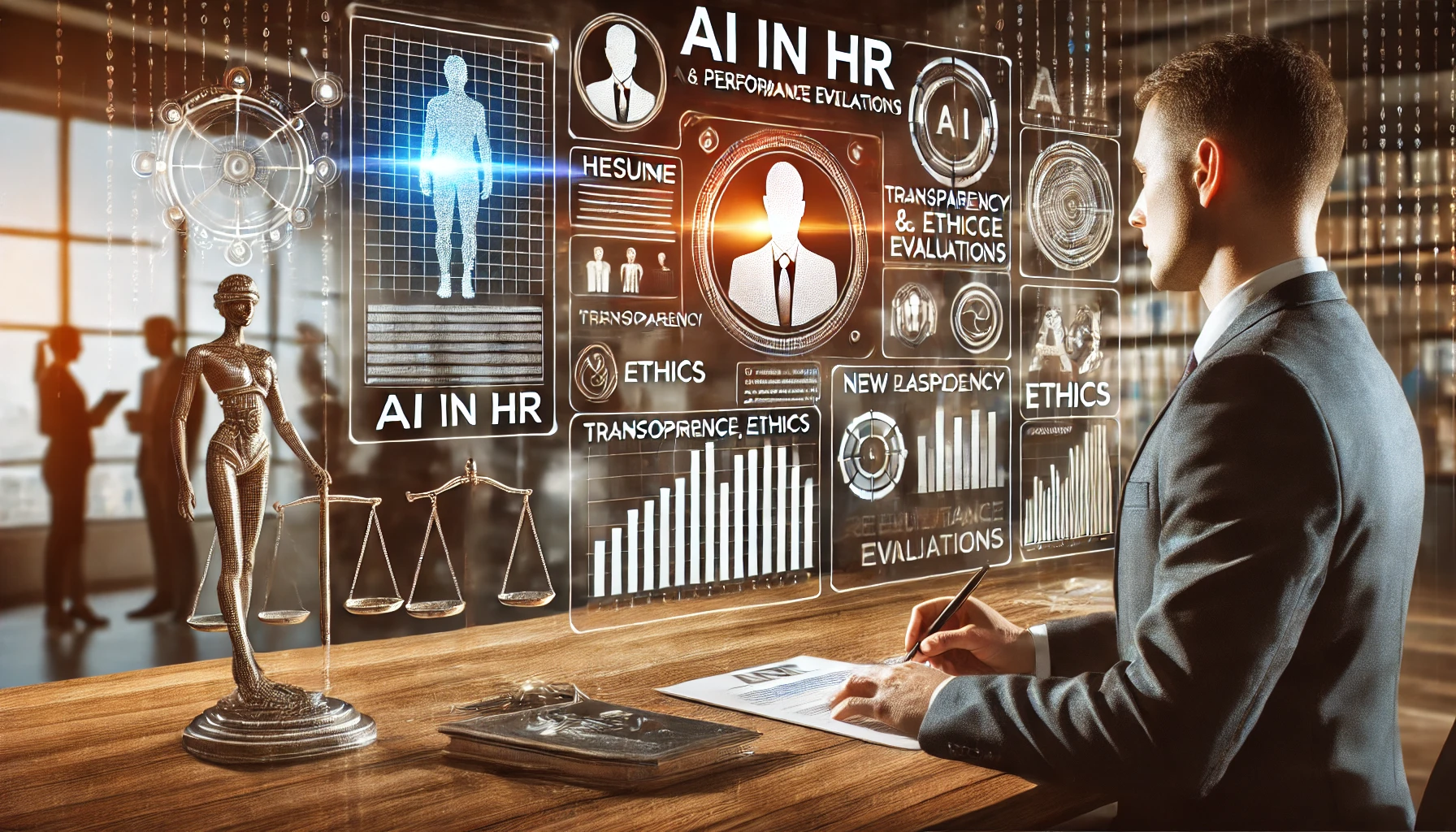As the capabilities of generative AI models like ChatGPT continue to advance, governments and regulatory bodies around the world are increasingly focusing on how to regulate these powerful technologies. The National Law Review highlights that regulations specifically targeting generative AI are expanding, particularly in areas concerning content creation and the potential misuse of these systems.
Why Regulate Generative AI?
Generative AI models are transformative tools that can generate text, images, videos, and other forms of content with minimal human input. While these innovations offer incredible opportunities in fields like creative industries, education, and customer service, they also present new challenges. Issues such as misinformation, deepfakes, intellectual property violations, and the use of AI-generated content for malicious purposes are growing concerns for regulators.
Governments and legal experts are now grappling with the best ways to strike a balance between fostering innovation and ensuring the responsible use of AI technologies. As generative AI becomes more pervasive, the need for clear, comprehensive regulations becomes critical to prevent misuse while encouraging technological progress.
Key Areas of Regulation
- Content Creation and Intellectual Property
Generative AI models can create vast amounts of content, from written works to artwork and even music. However, this raises important questions about intellectual property rights. Who owns the output generated by an AI system? Can AI models infringe on copyrighted works when trained on large datasets that may include copyrighted materials?
Many regulatory frameworks are beginning to address these concerns. Some governments are pushing for transparency in AI model training processes, requiring developers to disclose the sources of their data. Others are exploring ways to ensure that AI-generated content does not violate copyright laws, either by limiting what datasets can be used or by implementing new frameworks for ownership of AI-generated creations.
- Deepfakes and Misinformation
One of the most pressing concerns surrounding generative AI is the rise of deepfakes and misinformation. AI can now create hyper-realistic fake videos, images, and text, which can be used to deceive or manipulate audiences. This technology poses a significant risk to democracy, security, and public trust, especially when used for political manipulation or to spread false information.
In response, regulators are moving to introduce laws that specifically target the creation and distribution of deepfakes. Several jurisdictions are considering rules that require AI-generated content to be labeled as such, ensuring that users can distinguish between real and artificially generated media. Some countries are also implementing penalties for the malicious use of generative AI to spread false information, especially in sensitive areas like elections.
- Bias and Ethical Concerns
Generative AI models like ChatGPT are trained on massive datasets, which can sometimes include biased or problematic information. This can lead to biased outputs, perpetuating stereotypes or misinformation. Ethical concerns around bias and fairness in AI outputs are becoming a central focus for regulators.
To address this, regulatory bodies are looking to enforce ethical guidelines for AI development and deployment. These guidelines aim to ensure that AI models are designed to mitigate bias and that their outputs are monitored for fairness and inclusivity. Some regions, like the European Union, have proposed strict regulations to govern how AI systems can be used in sensitive areas, such as hiring or law enforcement, where biased outputs could have real-world consequences.
- Transparency and Accountability
One of the fundamental aspects of regulating generative AI involves improving transparency and accountability. As AI models grow more complex, understanding how they make decisions becomes increasingly difficult, leading to concerns about “black box” AI systems.
Regulatory frameworks are increasingly calling for more transparency in AI development, particularly regarding how these systems are trained and the data they use. This includes requirements for explainability—the need for AI developers to ensure that their models’ decisions and outputs can be understood and explained by humans.
Moreover, accountability measures are being introduced to hold AI developers and companies responsible for the outputs of their generative AI models. This could include implementing audit trails to track how AI models generate content or establishing frameworks for liability in cases where AI-generated content causes harm.
The Future of Generative AI Regulation
As the use of generative AI expands across industries, regulation will continue to evolve in response to new challenges and technological advancements. Governments and regulatory bodies must strike a delicate balance between fostering innovation and protecting society from the potential risks associated with these technologies.
For companies developing and using generative AI, staying ahead of regulatory changes will be crucial. Building ethical AI models, ensuring transparency, and complying with emerging regulations will not only help mitigate risks but also foster trust with users and stakeholders.
In the coming years, we can expect to see more detailed guidelines and frameworks around generative AI, focusing on areas such as AI accountability, data privacy, and ethical AI use. As these regulations take shape, they will play a critical role in shaping the future of artificial intelligence and its integration into everyday life.
The rapid growth of generative AI technologies has brought with it incredible potential, but also significant regulatory challenges. Governments around the world are now moving to create regulations that address the ethical, legal, and social implications of these powerful tools. As regulations continue to expand, companies and developers working with generative AI must prioritize compliance, transparency, and responsible innovation to navigate this evolving landscape.




